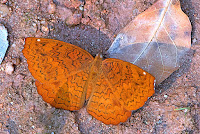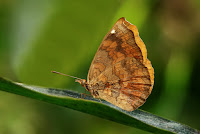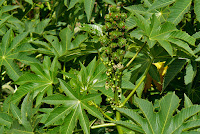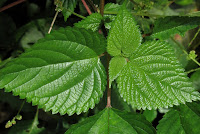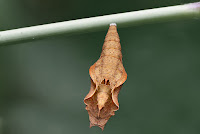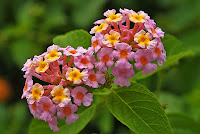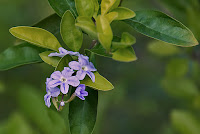<> Ariadne merione Moore, 1884 <>
the Common Castor ผีเสื้อหนอนละหุ่งธรรมดา
Click on any photo to see all photos full size in Lightbox
Additions and corrections to the information provided on this page is always welcome. Please use the Contact form.
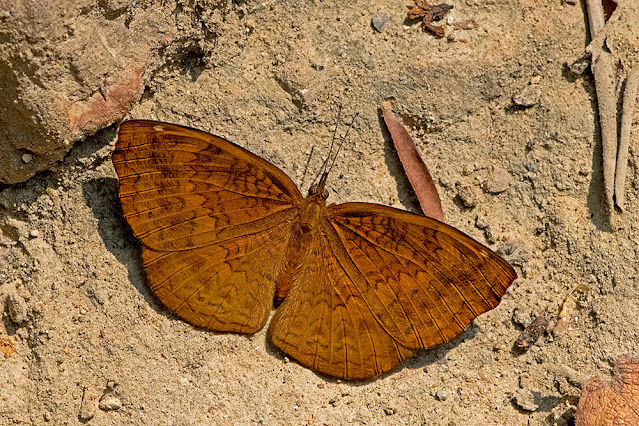
Photo taken at Pha Dang National Park, Chiang Mai, Thailand. 600m a.s.l.

Ariadne merione is a common and widespread species throughout most of the region. Sexes are similar in appearance but the female is slightly larger. It is said that the subcostal white spot on the forewings is more prominent on the female but I am not sure how reliable that is. It has a slow and graceful flight. Like its sister species, A.ariadne, the common name derives from its use of Ricinus communis, the Castor plant, which is its preferred larval host plant.
It is a very active butterfly and rarely pauses for rest except when visiting flowers for nectar or feeding on fruits. This species is multivoltine and has a relatively short life cycle resulting in a large number of broods per annum, up to eight or nine. The exact number of broods is most likely determined by the temperature range at the particular location.
Synonyms and previously used names: Ergolis merione
Taxonomy: Animalia - Arthropoda - Insecta - Lepidoptera - Nymphalidae - Biblidinae - Ariadne - merione
Regional subspecies: Ariadne merione crestonia (Philippines), A.merione ginosa (Myanmar, S.Thailand, W.Malaysia, Indonesia), A.merione luzonia (Philippines), A.merione maculata (Philippines), A.m.nicevillei (Indonesia), A.m.tapestrina (NE India, Myanmar, Thailand, Laos, Cambodia, Vietnam, S.China)
Regional Distribution: India, Nepal, Bhutan, Bangladesh, Myanmar, Thailand, Laos, Cambodia, Vietnam, China, Malaysia, Philippines
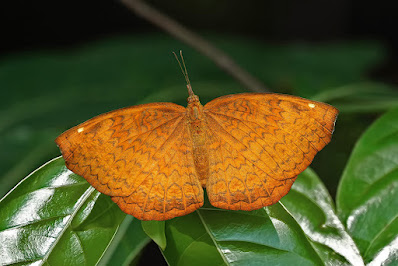 |
Shan Highlands, Kalaw, Shan State, Myanmar. c.1000m a.s.l. |
Habitat: Ariadne merione is found in a wide range of habitats including disturbed and open evergreen and deciduous forest, scrubland, grassland, hillsides, agricultural land, and urban areas. Often seen near streams or rivers and at elevations up to 1200m a.s.l.
Flight time: all year depending on location Wingspan: 40-50mm
Life History: egg 4-6 days instar 1 2-4 days instar 2 2-4 days instar 3 2-4 days instar 4 2-4 days instar 5 3-5 days pupa 6-10 days Total egg to adult 21-37 days
All times are approximate and can vary depending on the season and on the host used.
Larval Hosts: Plukenetia corniculata, Ricinus communis, Tragia hispida, Tragia involucrata, Tragia plukenetii, Tragia praetervisa (Euphorbiaceae).
Actual host plant used depends upon location and availabilty of plant species.
Adult Food Sources: Nectar - Duranta erecta, Lantana camara, Verbena rigida (Verbenaceae), Ageratina adenophora, Ageratum conyzoides, Bidens pilosa, Crassocephalum crepidioides, Galinsoga parviflora, Gynura nitida, Parthenium hysterophorus, Tagetes erecta, Taraxacum javanicum, Tridax procumbens, Xerochrysum bracteatum, Youngia japonica (Asteraceae), Euphorbia milii, Euphorbia rothiana, Ricinus communis, Tragia hispida, Tragia involucrata (Euphorbiaceae), Coleus barbatus, Leucas lamiifolia, Premna serratifolia, Rotheca serrata, Vitex negundo (Lamiaceae), Cestrum aurantiacum, Solanum mauritianum (Solanaceae), Hypericum japonicum, Hypericum mysurense (Hypericaceae), Rostellularia procumbens (Acanthaceae), Sida acuta (Malvaceae), Oplismenus undulatifolius (Poaceae), Oxalis latifolia (Oxalidaceae), Cytisus scoparius (Fabaceae), Verbascum thapsus (Scrophulariaceae), Heynea trijuga (Meliaceae), Mappia nimmoniana (Icacinaceae), Rhodomyrtus tomentosa (Myrtaceae), Oenothera rosea (Onagraceae), Fragaria nubicola, Prinsepia utilis, Rubus ellipticus (Rosaceae), Rhamnus wightii (Rhamnaceae), Hedychium ellipticum (Zingiberaceae), Dendrobium moniliforme (Orchidaceae), Wendlandia coriacea (Rubiaceae), Magnolia campbellii (Magnoliaceae), Heliotropium indicum (Boraginaceae). Other - mud puddling (occasional), tree sap, over-ripe fruit (especially Guava, Sugar apple, Java plum, and Jackfruit), carrion, rotting flowers
Links to other pages in this series for species in the same subfamily

